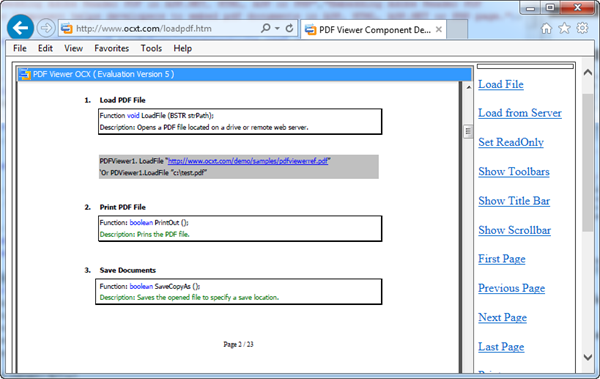

Indicates whether to display a thin border around the concept map itself. Indicates whether to display the Cmap's Name and if available, the Focus Question. Figure 2 shows the part of the display affected by the parameter. The following parameters can be specified with the CmapViewer's URL to configure the way the Cmap is displayed. The CmapViewer has a number of options to configure the mode in which the Cmap is displayed, how its visualize, and what is and what is not visualized. The "Embed" button provides information on how to embed the Cmap in a Web pages, as explained in a section below. To save the annotations, the "Save" button is used. A user needs to have Annotation permissions on the folder that contains the Cmap, and may be asked to provide a userid and password to authenticate. These annotations are compatible with the Annotations feature in CmapTools. The "Annotate" icon allows a user to add post-it type annotations to the Cmap. These represent, from left to right, "Annotate", "Save" and "Embed". Below it, a toolbar with three icons are (optionally) displayed. Cmap displayed with Cmap ViewerĪt the top of the Cmap the title is displayed, which includes the name of the map and the Focus Question. The URL could can also be presented in the more traditional CmapTools format:īoth formats will invoke the CmapViewer and display the Cmap, as shown in Figure 1.įigure 1. As an example, the following URL will display a Cmap about CmapTools: The URL to a Cmap can directly invoke the CmapViewer by using one of the following two format: The URL displayed on a Cmap’s window in CmapTools, as will described in a section below, already incorporates the resource-id, and thus the user does not have to worry about it. However, we need to make reference to the resource-id when explaining the format of the Cmap’s URL.

Users don’t need to manage these resource-ids, they are handled by the CmapTools software. The Cmap can be accessed by two types of URLs:Ĭmaps in the Cmap Network (and in the CmapServers in particular) are identified by their unique resource-id. On the CmapServers where the CmapViewer is installed, it replaces the HTML/web viewer with which Cmaps have traditionally been displayed from CmapServers. The Annotations are compatible with Annotations in CmapTools. With appropriate permissions, the CmapViewer allows users to Annotate the Cmaps. The CmapViewer generates an SVG image of the Cmap retrieved from the CmapServer, and thus presents a high-quality display of the Cmap at whatever scale the user chooses. Additionally, it allows the user to specify the size of the iframe in which Cmap will be displayed, and allows the user to control some aspects of how the Cmap is displayed. In its simplest form, the CmapViewer opens a Web page and displays a Cmap that is retrieved from a CmapServer. Displaying a Cmap in a Web Browser using the CmapViewer


 0 kommentar(er)
0 kommentar(er)
